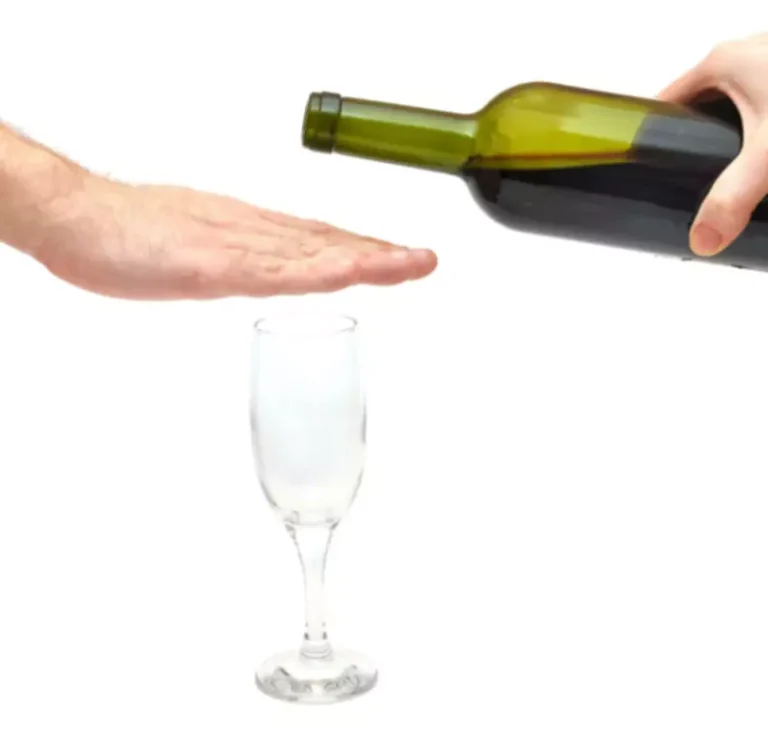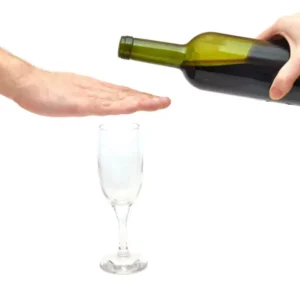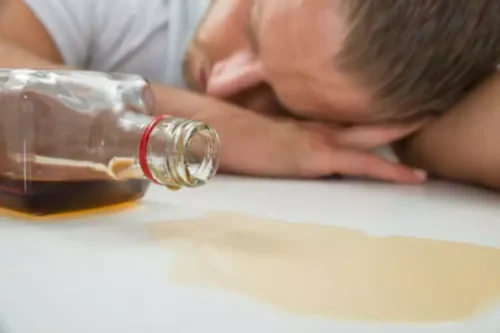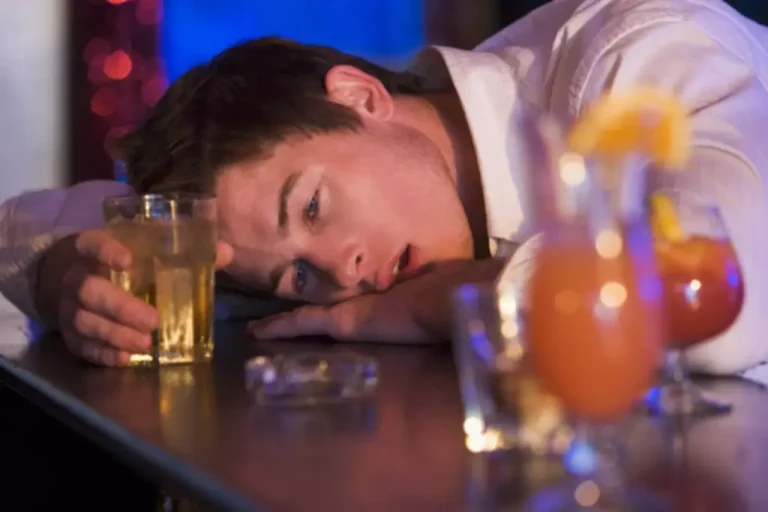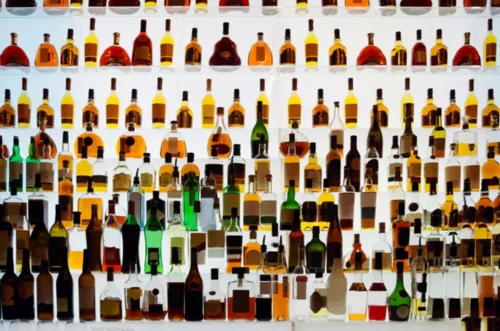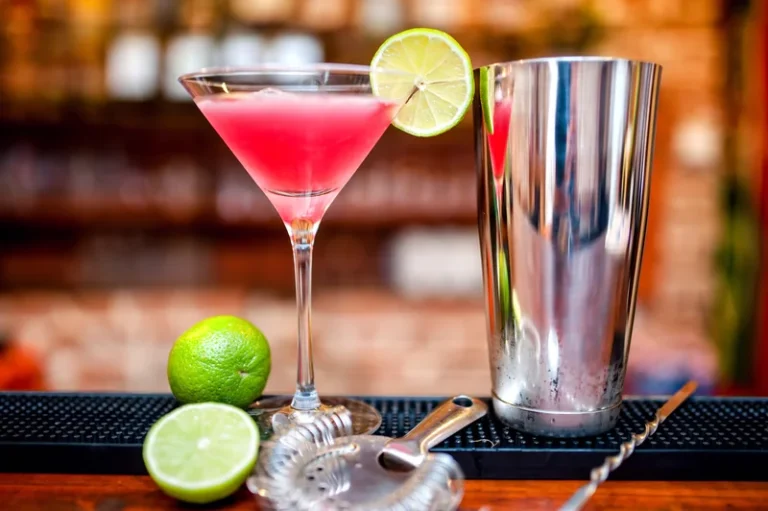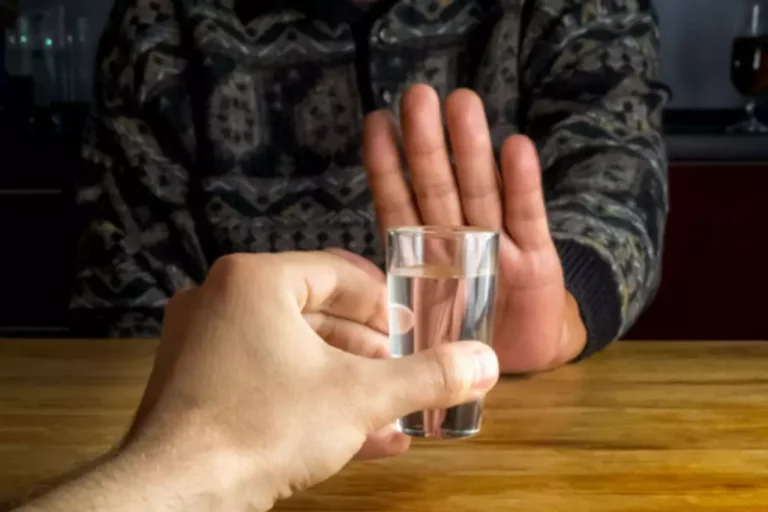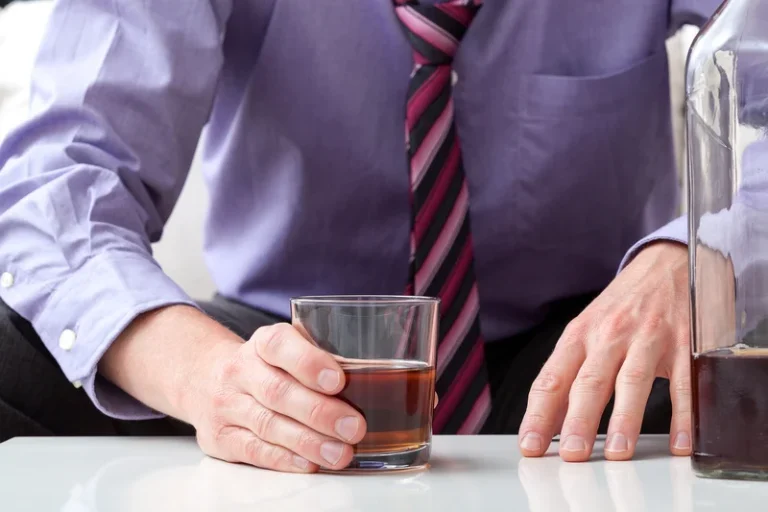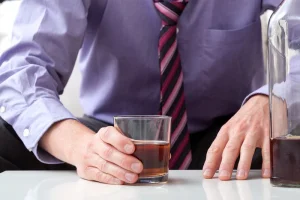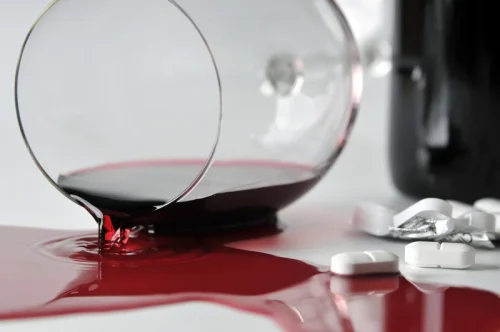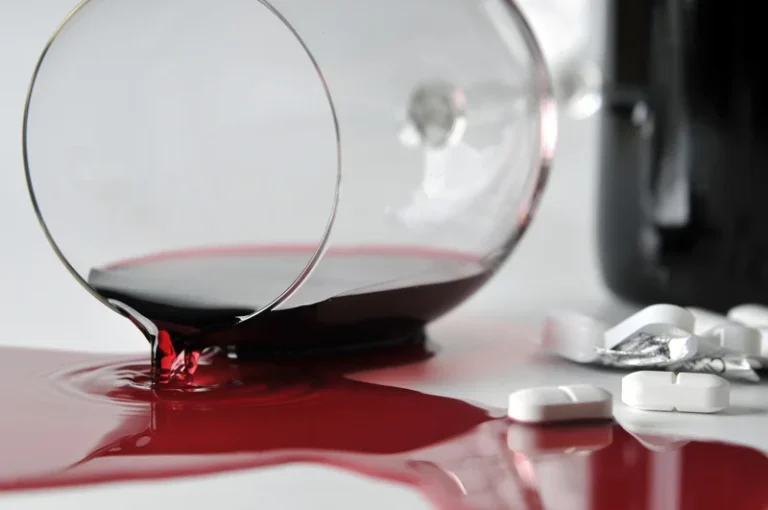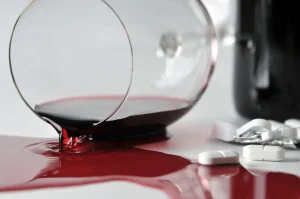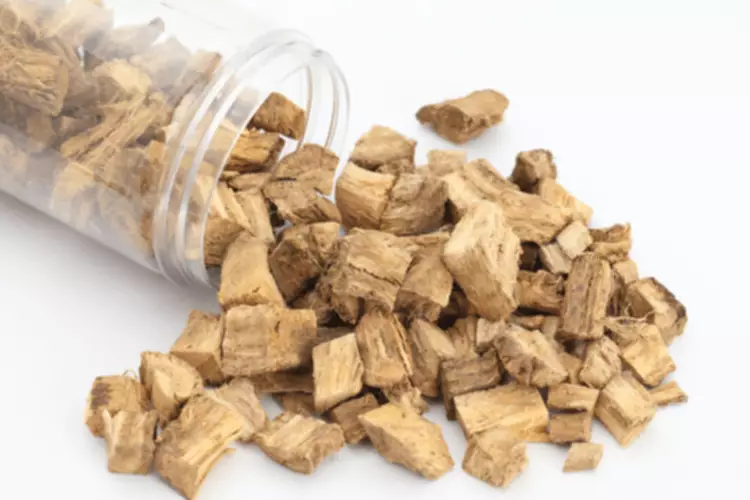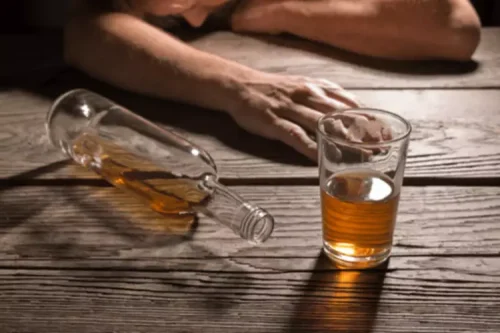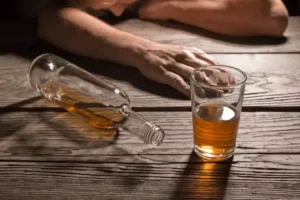
There has been little research on the goals of non-treatment-seeking individuals; however, research suggests that nonabstinence goals are common even among individuals presenting to SUD treatment. Among those seeking treatment for alcohol use disorder (AUD), studies with large samples have cited rates of nonabstinence goals ranging from 17% (Berglund et al., 2019) to 87% (Enggasser et al., 2015). In Europe, about half (44–46%) of individuals seeking treatment for AUD have non-abstinence goals (Haug & Schaub, 2016; Heather, Adamson, Raistrick, & Slegg, 2010). In the U.S., about 25% of patients seeking treatment for AUD endorsed nonabstinence goals in the early 2010s (Dunn & Strain, 2013), while more recent clinical trials have found between 82 and 91% of those seeking treatment for AUD prefer nonabstinence goals (Falk et al., 2019; Witkiewitz et al., 2019).
The ultimate goal of CBT is to provide the skills that can prevent a relapse and maintain drinking goals, whether they be abstinence or controlled drinking (Marlatt & Gordon, 1985; Marlatt & Witkiewitz, 2005). A recent meta-analysis of CBT for substance use disorders found support for a modest benefit of CBT over treatment as usual (Magill & Ray, 2009). Furthermore, one report using a trajectory analysis of the COMBINE study data found the Combined Behavioral Intervention (CBI), which is principally grounded in CBT, to reduce the risk of being in an “increasing to nearly daily drinking” trajectory. This study suggests that CBI may help participants control their drinking as opposed to simply encouraging abstinence (Gueorguieva et al., 2010).
Stephen A. Maisto
Moderation Management has finally managed to set itself apart from its founder’s mistakes and has grown in popularity. Simply put, MM is a moderate drinking program that provides a solution other than complete abstinence. Moderation Management is a program that looks to set guidelines to help people who struggle with their alcohol intake. Multivariable stepwise regressions (Table2) show that younger individuals were significantly more likely to benon-abstinent, and movement to the next oldest age category reduced the odds ofnon-abstinence by an average of 27%. Importantly, the confidence intervals were narrow andextremely similar across models, implying that the effect of age was robust to modelspecification. In regard to help-seeking and problem severity, having attended at leastone 12-step meeting and the number of DSM-IV dependence symptoms were both significantlyrelated to non-abstinence.

Non-abstinent AUD recovery is possible and is sustainable for up to 10 years following treatment. The current findings align with recent proposals to move beyond relying on alcohol consumption as a central defining feature of AUD recovery. It depends on many factors, such as your personal relationship with alcohol, your health, your life circumstances, and your goals. Moderation is possible for some people, and Ria Health offers it as a treatment option for problem drinking.
- On balance, this study is one of the few to empirically examine the effect of drinking goal on treatment outcome, and in particular, matching treatment options to drinking goals.
- However, it is also possible that adaptations will be needed for individuals with nonabstinence goals (e.g., additional support with goal setting and monitoring drug use; ongoing care to support maintenance goals), and currently there is a dearth of research in this area.
- The objective of this study is to elucidate the contribution of drinking goal to treatment outcome in the context of specific behavioral and pharmacological interventions.
- The rationale and methods of the COMBINE study have been described in detail elsewhere (aCOMBINE Study Research Group, 2003a, COMBINE Study Research Group, 2003b).
1 What Is Recovery? study
This model both accelerated the spread of AA and NA and helped establish the abstinence-focused 12-Step program at the core of mainstream addiction treatment. By 1989, treatment center referrals accounted for 40% of new AA memberships (Mäkelä et al., 1996). This standard persisted in SUD treatment even as strong evidence emerged that a minority of individuals who receive 12-Step treatment achieve and maintain long-term abstinence (e.g., Project MATCH Research Group, 1998). Additionally, given the nature of the COMBINE study, the effects of a medically oriented intervention (i.e., MM) without a pharmacological component could not be investigated. Furthermore, it should be noted that the literature does not offer consensus on the operational definition of drinking goal (Luquiens et al., 2011). Instead, the authors categorized responses to the Commitment to Abstinence item based largely on clinical judgment and prior research using this measure.
Help for Achieving Lasting Recovery
Thus the Rand study found a strong link between severity and outcome, but a far from ironclad one. At one extreme, Vaillant (1983) found a 95 percent relapse rate among a group of alcoholics followed for 8 years after treatment at a public hospital; and over a 4-year follow-up period, the Rand Corporation found that only 7 percent of a treated alcoholic population abstained completely (Polich, Armor, & Braiker, 1981). At the other extreme, Wallace et al. (1988) reported a 57 percent continuous abstinence rate for private clinic patients who were stably married and had successfully completed detoxification and treatment—but results in this study covered only a 6-month period. Abstinence is not the only solution for recovering liberty cap lookalikes poisonous from alcohol use disorders, but it is one of the most studied and successful methods for recovering from alcohol use disorders.
Most adults with SUD do not seek treatment because they do not wish to stop using substances, though many also recognize a need for help. This narrative review considers the need for increased research attention on nonabstinence psychosocial treatment of SUD – especially drug use disorders – as a potential way to engage and retain more people in treatment, drinking age in russia to engage people in treatment earlier, and to improve treatment effectiveness. Despite significant empirical support for nonabstinence alcohol interventions, there is a clear gap in research examining nonabstinence psychosocial treatment for drug use disorders. Future research must test the effectiveness of nonabstinence treatments for drug use and address barriers to implementation. A number of studies have examined psychosocial risk reduction interventions for individuals with high-risk drug use, especially people who inject drugs.
Controlled drinking, often advocated as a moderation approach for people with alcohol use disorders, can be highly problematic and unsuitable for those who truly suffer from alcohol addiction. Alcoholism is characterised by a loss of control over one’s drinking gift to celebrate sobriety behaviour and an inability to consistently limit consumption. Attempting controlled drinking in such cases often reinforces the addictive cycle rather than breaking it. You might find yourself constantly preoccupied with thoughts about when you’ll have your next drink or whether you’re staying within your limits – this constant monitoring can create stress and mental exhaustion over time.
